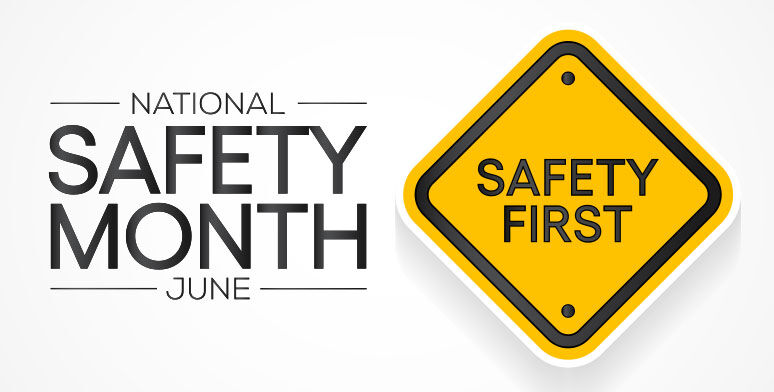Workplace Safety Tips
Just because you spend your days in an office instead of a warehouse or manufacturing plant, doesn’t mean that you are completely shielded from hazards and potential on-the-job injuries. Offices are filled with people, and people are prone to mistakes that can lead to minor or severe accidents.
Falls take the lead as the most common office accident, accounting for the greatest number of disabling injuries. Some of the most common causes of office falls include tripping over an open desk or file drawer, bending while seated in an unstable chair and tripping over electrical cords or wires. Office falls are also frequently caused by slipping on wet floors or using a chair or stack of boxes in place of a ladder. Loose carpeting, objects stored in halls or walkways and inadequate lighting also invite accidental falls. Fortunately, all of these fall hazards are preventable.
Create a workplace safety inspection checklist for your office so you know what to look for and fix. Also train your employees not only in regards to being safe in the workplace, but to know what safety and health regulations require. There are no specific safety and health standards that apply specifically to office safety. Use common sense in keeping your employees safe and following ALL the standards.
Developing a Safety Assessment
The first step in developing or revising your personal or organizational safety plan is assessment. Here are several areas that you should consider – either as a leader of others, or for your own safety and well-being.
- Musculoskeletal Disorders
- Workplace Impairment
- Injury Prevention
- COVID-19 and Other Infectious Diseases
- Safe Driving Practices
- General Wellness
- Workplace Violence
- Weather
Resources for Developing a Safe Workplace
The OSHA website has a searchable safety index focusing on different topics and different industries. General resources for all industries can also help organizations meet recordkeeping and reporting requirements.
Pryor also has several classroom and self-serve training options in the OSHA and Workplace Safety category. These include 30-hour OSHA-focused safety courses, Human Resource compliance topics and videos for managers wishing to develop a workplace safety culture. Just search the Pryor website for “OSHA and Workplace Safety” and the “Workplace Safety Library.” Pryor’s Business Blog also has a full category of OSHA and Workplace Safety articles.












